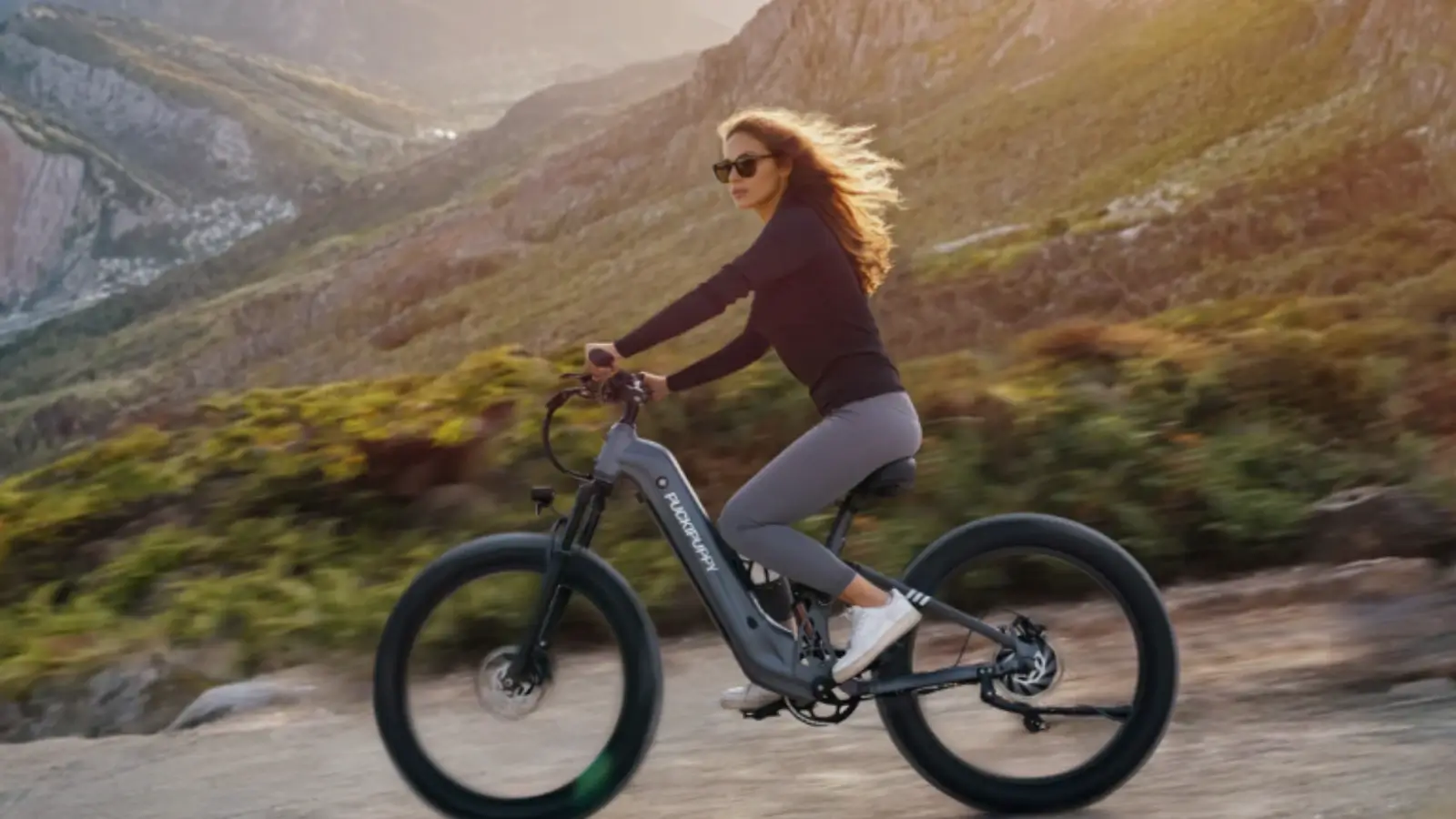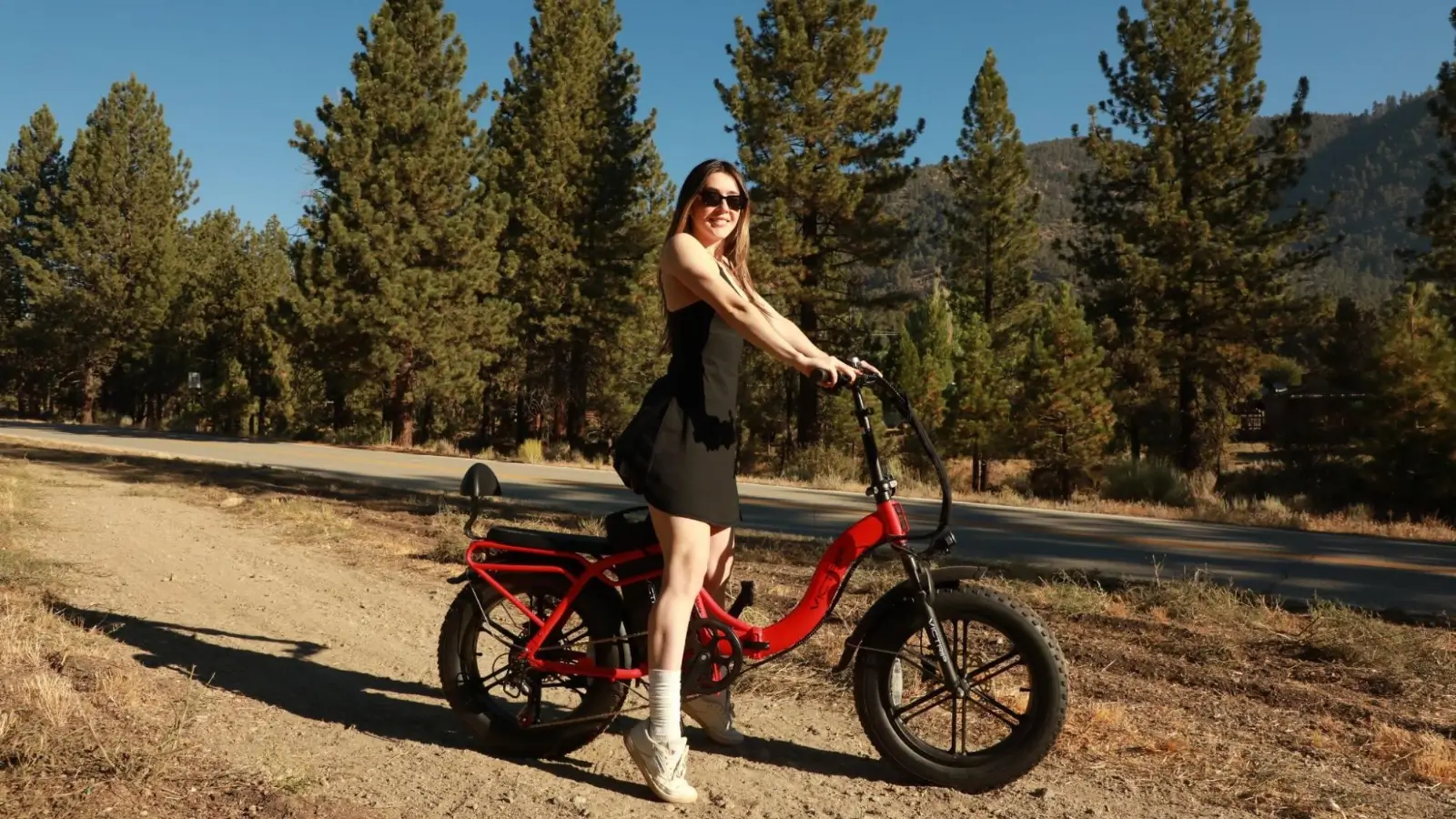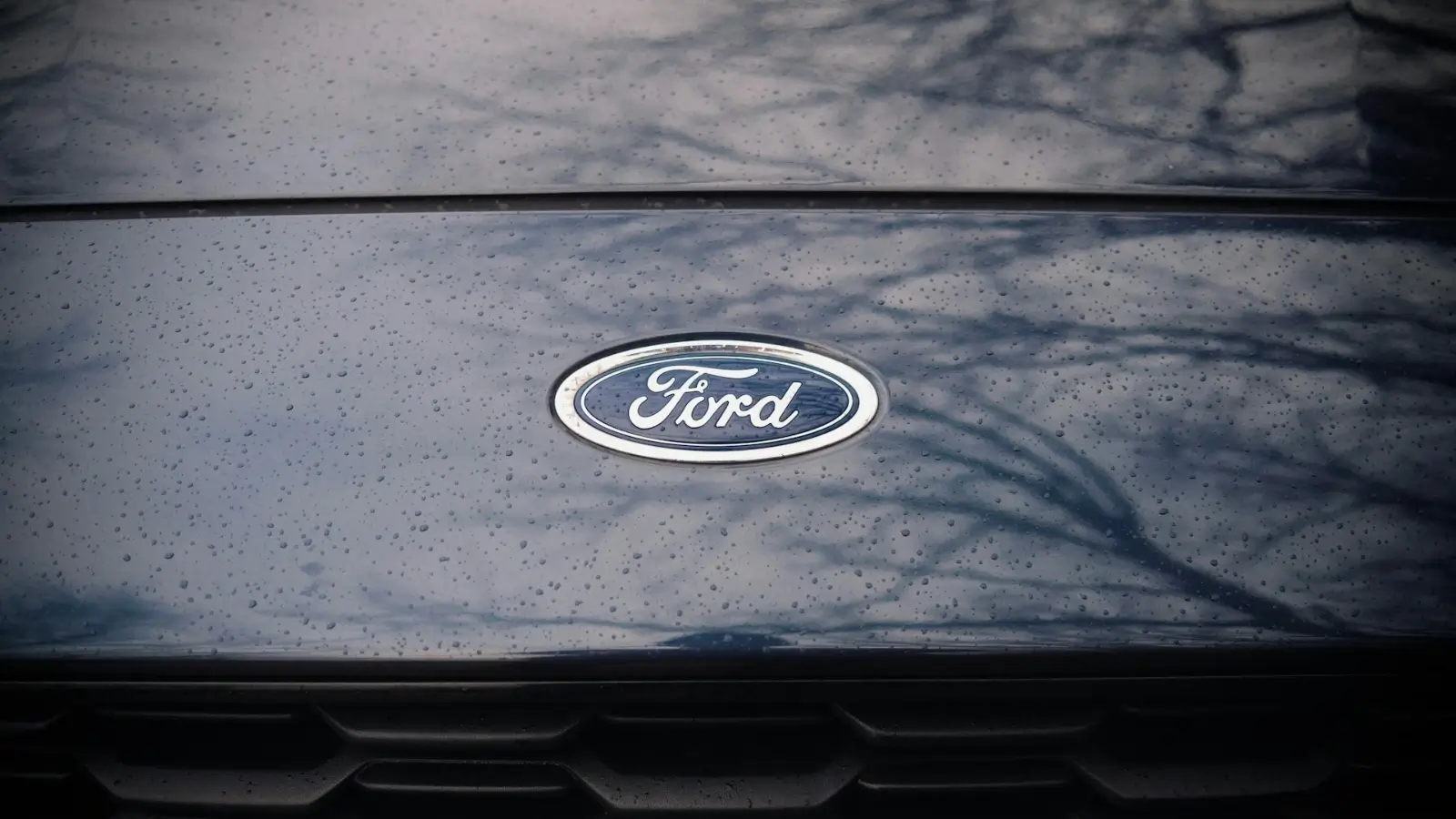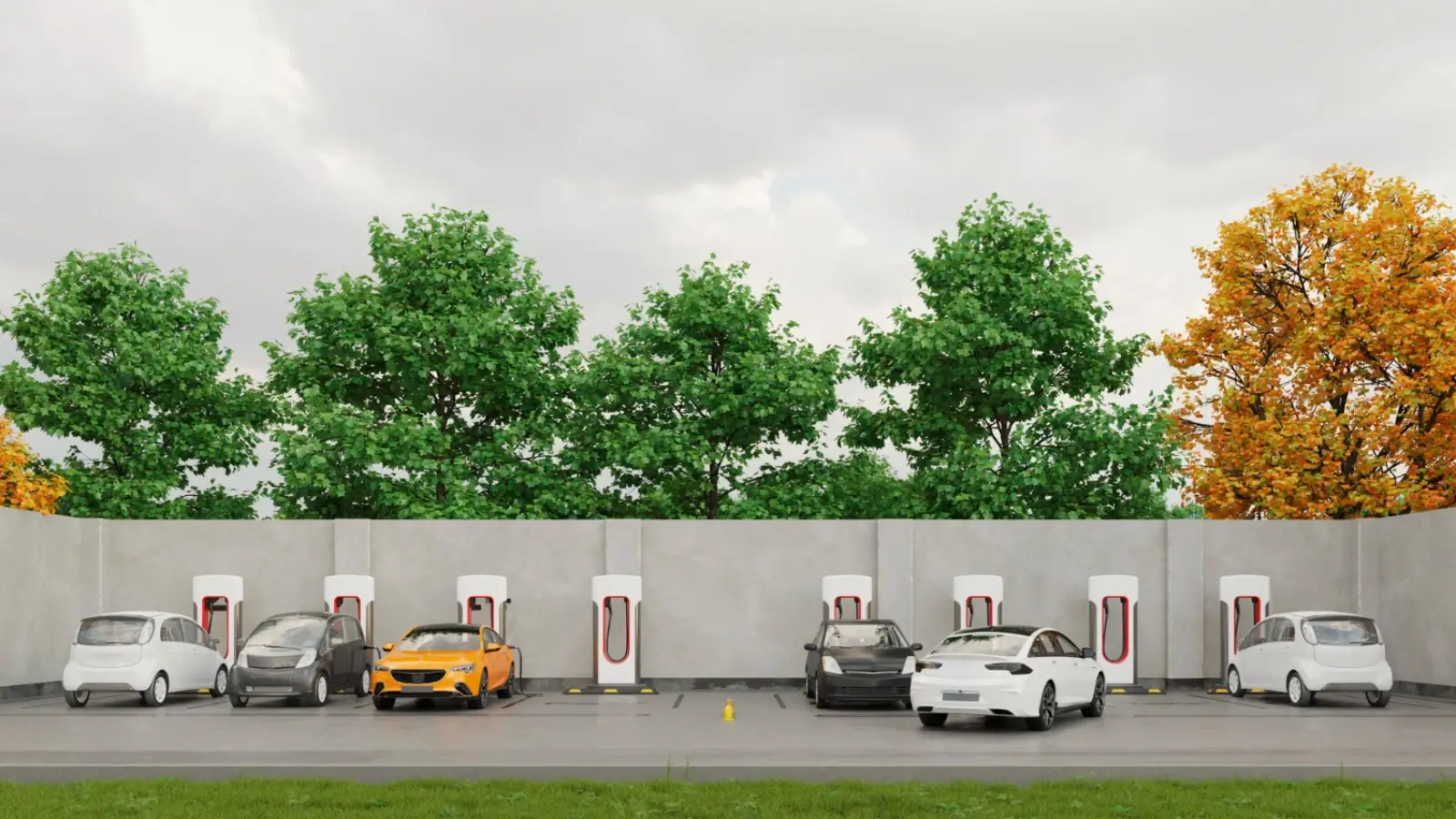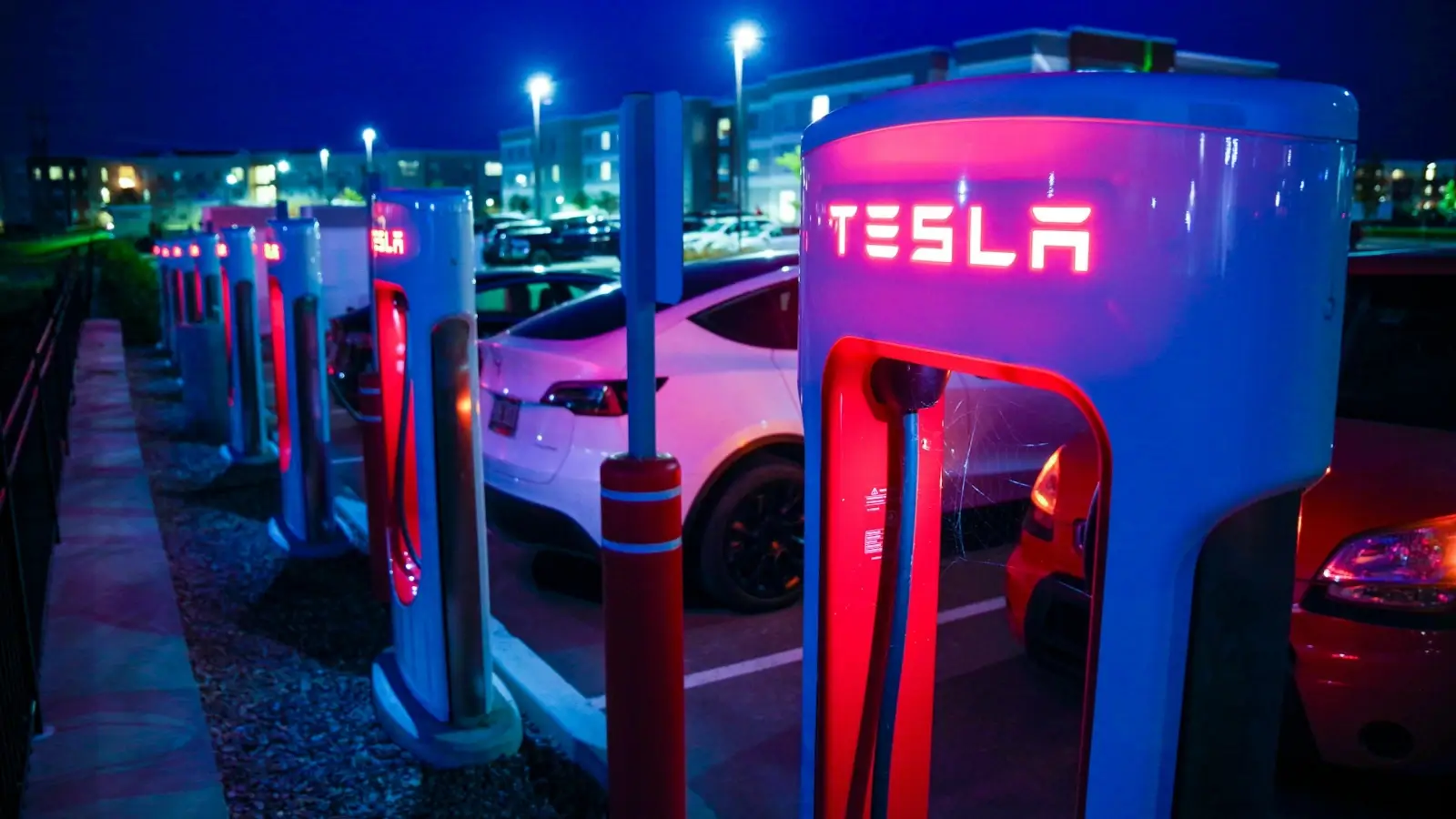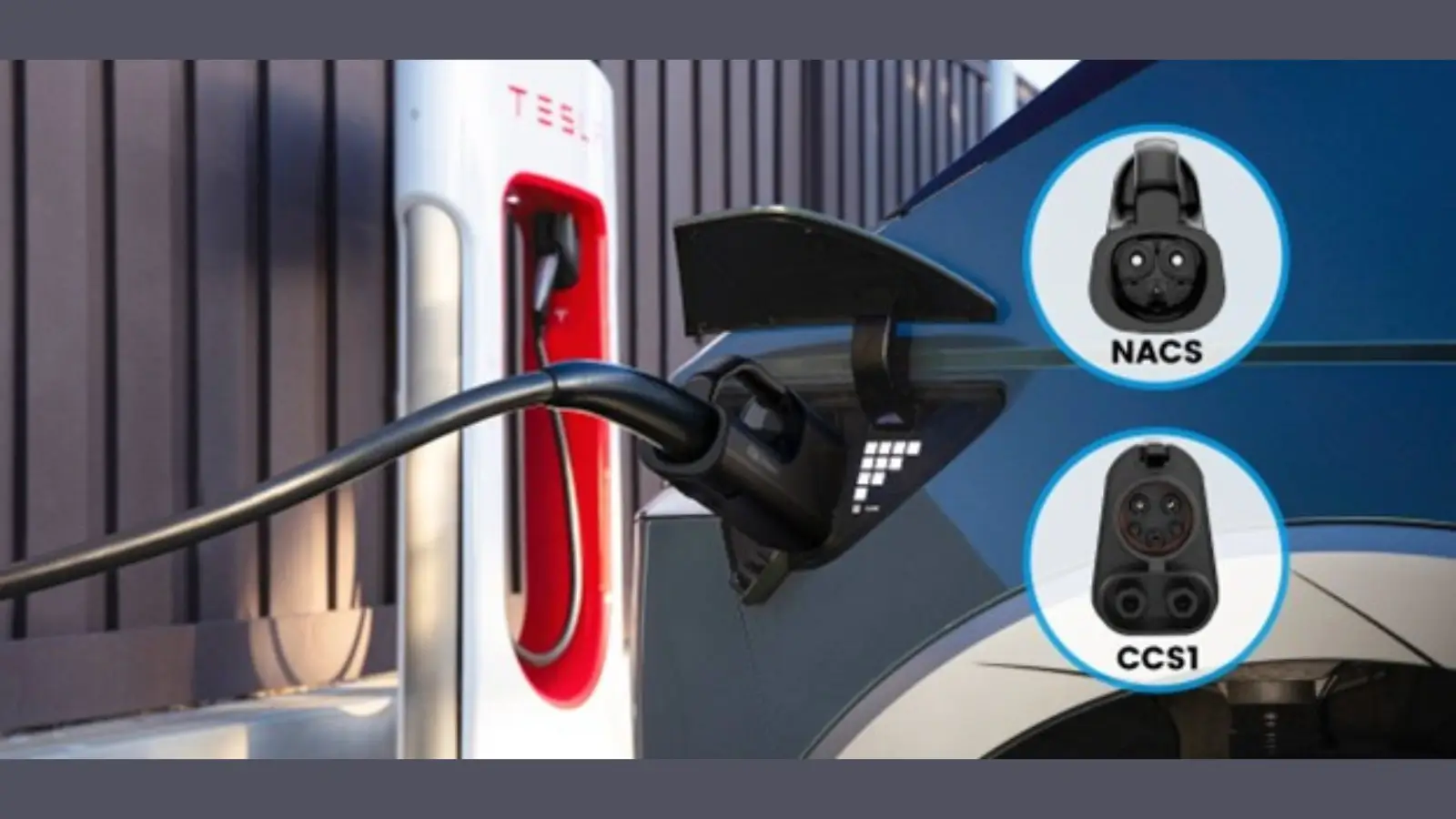The urban mobility sector has witnessed transformative changes over recent years, with citizens seeking more sustainable and efficient ways to navigate the complexities of city landscapes. Among the innovations redefining urban travel, the 2 seater ebike has emerged as a frontrunner, combining the convenience of traditional cycling with the benefits of modern technology to offer a versatile mode of transportation. This article explores the ascent of 2 seater eBikes and their impact on city adventures.
Adapting to the Evolution of Urban Transport
In the pursuit of reducing carbon emissions and alleviating traffic congestion, city dwellers are increasingly turning to alternative transportation options. The 2 seater ebike presents a solution that is not only eco-friendly but also caters to the social dynamics of urban living. Boasting the ability to comfortably accommodate two riders, this innovative vehicle enhances the traditional cycling experience by making it a shared journey.
The Appeal of the 2 Seater eBike
The allure of the 2 seater ebike lies in its multifaceted nature. From couples enjoying a recreational outing to friends tackling daily commutes together, the dual riding experience fosters a sense of companionship on the go. For parents, it means being able to transport a child safely and efficiently, creating opportunities for families to engage in active travel together. The 2 seater ebike thus emerges as a versatile option that can adapt to a variety of urban scenarios.
Technological Innovations and Design Advancements
At the core of the 2 seater ebike's rise is a blend of technological advancements and thoughtful design. While preserving the lightweight and agile qualities of traditional bicycles, these electric bikes are engineered for stability and comfort when carrying two passengers. Enhanced battery capacity ensures that riders can journey further without worrying about frequent recharging, while sophisticated motor systems deliver the necessary power to navigate hilly terrains and bustling streets with ease.
The Convenience Factor
Convenience is a key component driving the popularity of 2 seater eBikes. With urban environments often characterised by limited parking and dense traffic, the ability to seamlessly transition from main roads to bike paths presents a significant advantage. The commuter who once faced the dilemma of either enduring public transportation delays or the hassle of car parking can now opt for a more efficient and enjoyable mode of travel.
2 Seater eBike as a Social Connector
One of the less discussed but equally important aspects of the 2 seater ebike is its role as a social connector. In a rapidly urbanising world where individualism can often dominate, the shared experience of riding an electric bike fosters interpersonal connections. It creates new opportunities for interaction and presents an engaging alternative to the isolation often associated with traditional modes of transport.
Economic and Environmental Benefits
The adoption of 2 seater eBikes is not only a win for consumers but also for urban planners striving towards sustainable development. Reduced reliance on fossil fuels and a lower carbon footprint align with city-wide goals of creating greener, healthier environments. Moreover, the economic advantages are clear: the long-term cost savings on fuel, maintenance, and parking fees make the 2 seater ebike a financially viable option for many residents.
The Health and Well-being Perspective
Amid concerns over sedentary lifestyles, the 2 seater ebike offers a compelling combination of physical activity and convenience. While the electric assist mechanism does reduce the level of exertion compared to a standard bicycle, riders still engage in physical exercise, an important factor in maintaining overall health and well-being, especially in urban environments where opportunities for outdoor activity can be limited.
Accessibility and Inclusion
Another significant attribute of the 2 seater ebike is its capacity to make cycling more accessible and inclusive. For those who may find traditional cycling too demanding or intimidating, the electric assistance and the option to share the ride with a companion can significantly lower the entry barrier to cycling. This inclusivity broadens the demographic reach of cycling and paves the way for more diverse groups to embrace this mode of transport.
Challenges and Considerations
Despite the numerous advantages, the rise of the 2 seater ebike is not without its challenges. Regulatory frameworks in some cities may lag behind the technology, necessitating updates to infrastructure and legislation. Safety concerns also remain at the forefront, with efforts needed to ensure both riders and pedestrians can coexist harmoniously within the urban space.
The Future of City Adventures
Looking towards the future, the potential for 2 seater eBikes to reshape how we think about and engage with urban environments is substantial. As smart city initiatives gain momentum, integrating technologies such as GPS-embedded bikes and app-based journey planning will likely contribute to a more interconnected and streamlined urban mobility ecosystem.
Paving the Way Forward
As the narrative of urban mobility continues to evolve, the 2 seater ebike stands at the vanguard of a new wave of transportation that is simultaneously dynamic and sustainable. It represents a collective shift towards embracing modes of travel that are not only practical and efficient but also conducive to building stronger community bonds.
Conclusion
The 2 seater ebike is more than just a vehicle; it's a catalyst for change in the bustling arteries of city life. By balancing the needs for efficiency, sustainability, and social engagement, it carves a niche that may soon become the standard for urban exploration and connectivity. As the world leans into the next phase of urban adventures, the 2 seater ebike will undoubtedly play a pivotal role in steering communities towards a more collaborative, healthy, and joyful journey through cityscapes.
Embracing the dual riding experience, the 2 seater ebike is not just transforming urban mobility; it is reinvigorating the very essence of city adventures, promising a brighter, greener, and more inclusive future for all.










